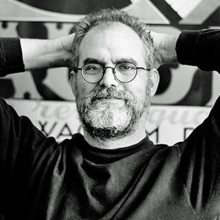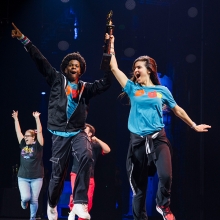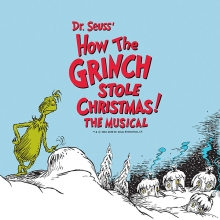Show History
History
Inspiration
The Phantom Tollbooth, with book by Norton Juster and Sheldon Harnick, music by Arnold Black, and lyrics by Sheldon Harnick, is based on Juster's 1961 children's novel of the same name. Considered to be a classic of children's literature, Juster was inspired by both his father's excessive use of puns and his exposure to the Marx Brothers movies. Black and Juster worked together in 1995 to adapt the book into an opera. Black decided to bring in his friend Harnick, a three-time-Tony-winning lyricist, to work on the project, and the three decided to scale back their original idea and write a musical rather than an opera. Unfortunately, Black passed away in 2001 before the musical was able to hit the stage. Soldiering on in his honor, Harnick and Juster continued to work, with Harnick taking over to finish out the music.
When writing the musical, Juster gave outright permission to take liberties from the original novel, including eliminating several subplots and characters. Harnick also decided to embrace an educational side with his lyrics, aiming for the possibility of his songs being separated to teach outside of the musicals. For example, the song "At the Market" uses many adjectives in its lyrics to help show children what an adjective can be.
Productions
The Phantom Tollbooth had its world premiere at the Harwich Junior Theatre in Cape Cod, Massachusetts, on August 6, 2002. The next major production came with a run at the Kennedy Center from November 16, to December 16, 2007. Since then, the musical has been performed at several major regional theaters, including Stage Door Conservatory and Wheelock Family Theatre.
Cultural Influence
- The regional popularity of The Phantom Tollbooth has inspired new versions for licensing. The creators have made both a junior version for younger children, creating far more characters and shortening the material to one act, and a "theatre.for young audiences" version, distributing the roles from the original musical amongst seven actors.




